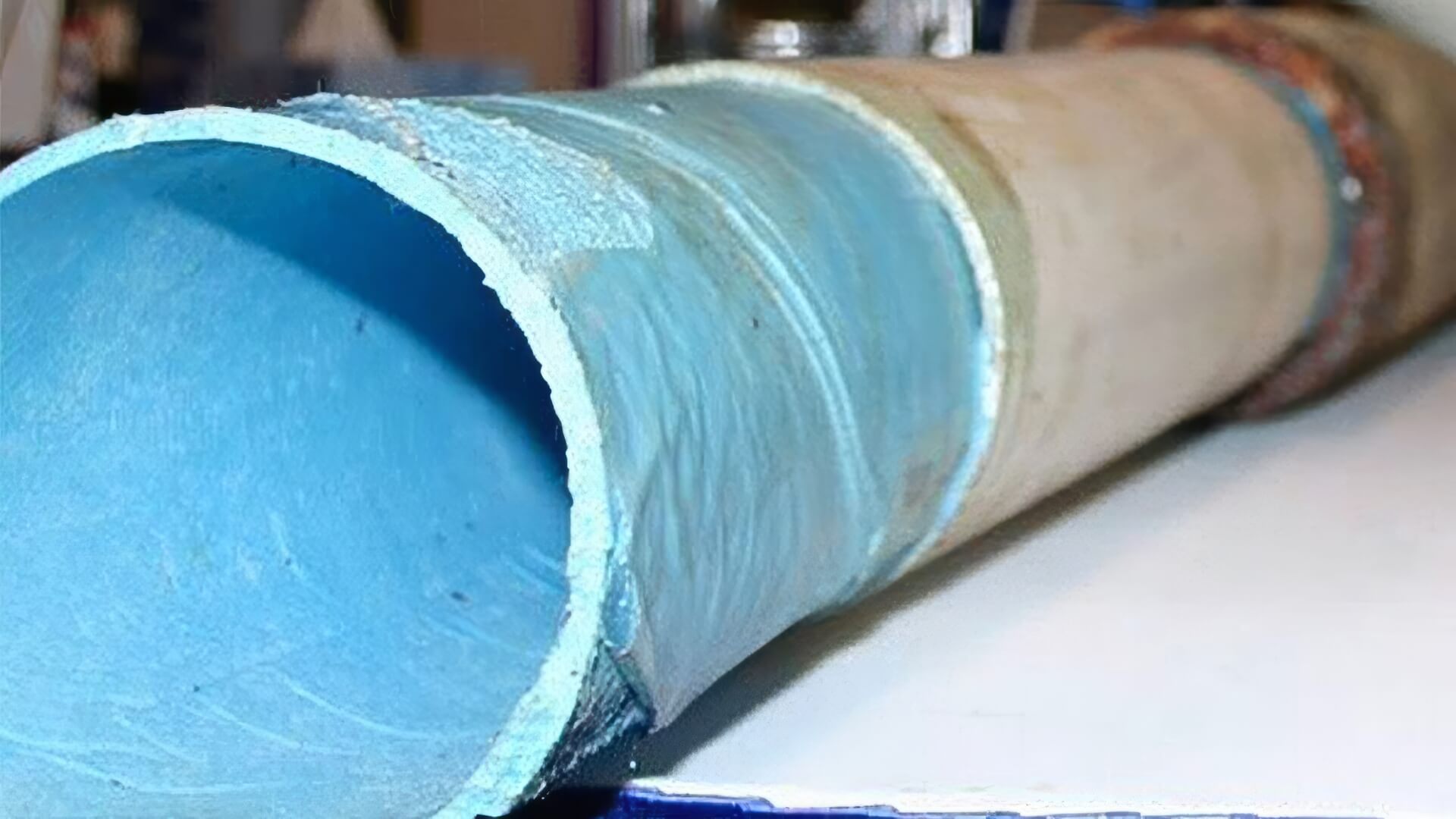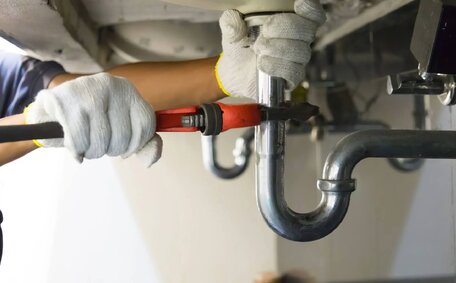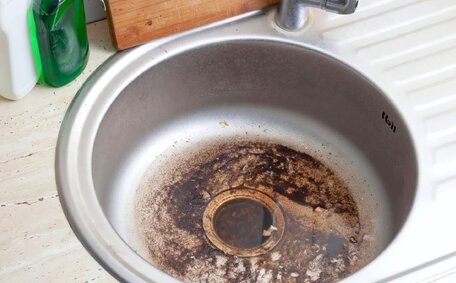Introduction to Gas Lines and Potential Repairs Needed
Gas lines deliver natural gas to essential home amenities including hot water systems, heaters, and cooktops. This guide aims to help homeowners identify gas line problems, understand repair steps, and recognise when to seek professional gas fitting services.
Covering the repair process and safety expectations, this resource empowers homeowners to adeptly tackle gas line issues.
Minor leaks, if unchecked, can escalate to serious hazards.
Detecting a Gas Leak: Signs, Symptoms and Safety
It’s critical for safety to detect a gas line leak in your home so you can quickly address the hazard. Signs of a leak include:
- A sulphurous, rotten egg odour, an additive in natural gas for leak detection
- Hissing, whistling, or roaring sounds coming from gas appliances or pipes
- Flames coming from pipes, appliances, or outside vents
- Dirt being blown into the air from a hole in the ground
- Continuously re-igniting pilot lights
- Unusually high gas bills
Gas exposure symptoms can range from dizziness and fatigue to nausea and irritability. If a gas line leak is suspected, safety measures should include:
- Exiting the building immediately
- Opening doors and windows to ventilate
- Shutting off the main gas valve
- Not using any electrical devices or appliances
- Calling the gas company or emergency services
Ignoring leaks in natural gas lines is dangerous; without prompt action, they may lead to serious health risks, fires, and explosions. Homeowners should familiarise themselves with the signs of a leak and procedures to ensure your safety when responding.
What To Do if You Suspect a Gas Leak
If you detect signs of a potential gas leak in your home, immediate action is critical. The first priority is to evacuate all occupants from the building and assemble outside in an open area safely away from the potential leak.
Avoid operating light switches or electronic devices that might spark. Ventilating the area by opening doors and windows can help dissipate the gas.
If accessible and safe, shut off your home’s main gas supply valve near the meter. This action will cut off gas to the building, halting the continued flow. Immediately call emergency services and your gas provider for professional inspection and resolution of the leak.
Await emergency responders’ clearance before re-entering a building with a suspected gas leak. Any exposure to leaked gas can cause dizziness, nausea, and other concerning symptoms requiring medical care.
Due to safety risks, DIY repairs on gas lines are strongly discouraged. Gas issues should only be addressed by qualified professionals once the area is fully vented and the leak’s spread is contained.
Turning Off the Gas in an Emergency
In emergency gas leaks, it may be necessary to shut off the main supply valve as a safety precaution. This should only be undertaken if it poses no risk of igniting the gas.
The main gas shutoff valve, which you’ll use in case of a gas leak in your home, is typically located next to the gas meter outside. Use an adjustable wrench or appropriate valve key to turn the valve a quarter turn perpendicular to the pipe so that it crosses the direction of gas flow. This will cut off the gas supply.
Exercise caution when operating the main gas valve. Avoid using any indoor electrical devices or switches that could spark until assessed by emergency personnel. Ensure the leaked gas has adequately ventilated before re-approaching the building after shutting off the main valve outside.
Shutting off the gas can contain the leak, but repairs must be carried out by licenced professionals post safety clearance. Never attempt to re-ignite the gas supply yourself following an incident.
Calling the Gas Company
After shutting off the main gas valve and evacuating, immediately contact your gas company.
Contacting the gas company after a leak is important for several reasons. Firstly, professional technicians from the gas distributor will be dispatched immediately to fully inspect your gas lines, confirm and locate any leaks, and perform necessary repairs. Gas issues should only ever be addressed hands-on by licenced specialists.
For safety, you’ll need gas levels to be monitored throughout your home to ensure any residual gas has dissipated before it’s deemed safe to re-enter. They may also conduct pressure tests to check appliances for proper functioning after gas service is restored.
Gas company technicians can provide official incident documentation and recommendations for preventing leaks in the future. They may advise on gas line replacement if an ageing system is prone to leaks. Ongoing leaks may also point to appliance faults needing attention.
Calling the gas company provides peace of mind that your leak has been addressed properly and that your safety is the top priority.
Never attempt to switch gas back on or occupy the building until gas crews give the all-clear, which could take some time. Their technical expertise and equipment can fully resolve leaks and get your gas service operational again.
Evacuating the Area
Leave pets behind if gathering them would waste precious seconds, but notify emergency responders so animal rescue can assist safely once the threat is addressed.
In a gas emergency, promptly evacuate without pausing to collect items or switch off devices. If a gas leak or emergency occurs, evacuation is absolutely vital for safety.
Assemble at least 20 metres away from the building in an open outdoor area where gas is less likely to accumulate. Emergency crews responding will establish a safe perimeter, which should be respected until the all-clear is given. Having a planned designated meeting spot ensures everyone in a household can connect and account for each other.
Do not re-enter an evacuated building for any reason until gas crews or emergency teams explicitly confirm it is safe to do so.
Assume risks are still present, whether leaks, explosions, or collapsed structures even after you exit safely. Attempting rescue operations on your own can severely worsen situations so follow emergency guidance at all times.
The Gas Line Repair Process Step-By-Step
Gas line repair demands strict adherence to safety protocols and proper procedures. The first step is thoroughly ventilating the area of the suspected leak by opening all doors and windows. Next, use gas detection solution or an electronic gas detector to identify the exact location of the leak along the line if you need gas line inspection.
Upon locating a leak, cease gas supply by shutting off the main valve at the meter. Next, ascertain whether the leak is in the interior lines or requires shutting off the external main gas valve.
Leaking sections of interior gas pipes can be repaired by cleaning and reapplying pipe sealant. Major repairs may involve replacing damaged pipe sections with new ones rated for residential gas use. Work only on depressurised pipes when the gas supply has been safely halted.
In all cases wear personal protective equipment, come out prepared with an operational fire extinguisher, and exercise extreme caution when soldering pipes to avoid ignition risks. Ventilate fully before restoring main gas valve pressure. Finally, have professionals conduct thorough safety checks before reoccupying the space.
When Professional Help is Needed
While minor gas line leaks can be a DIY fix, complex issues require professional assistance.
Able to perform gas line work, our technicians at Kareela Plumbing undergo rigorous licenced gas fitter training and certification. We are fully equipped to handle any gas line problems safely, including line installation:
- Major leaks causing gas saturation
- Leaks necessitating underground pipe excavation and the needed repair of gas line installation
- Full gas line installations for new appliances/systems
- Modifications due to home renovations or outdated materials
- Restoring service after emergency shutoffs
Our gas certification and experience allows us to conduct repairs up to code and to strict safety standards homeowners cannot match. We also manage all permitting paperwork.
Trust our gas line expertise anytime major issues, personal safety, and compliance is a top priority. Our priority is restoring safe, reliable gas service quickly.
How to Prevent Gas Line Leaks
Preventing hazardous situations such as gas line leaks starts with regular inspections and maintenance. Replace old brass connectors and any visibly damaged pipe sections.
Make sure to check flexible connector hoses and valves annually for signs of wear. Also have professionals periodically pressure test lines.
For new installations, ensure only approved piping materials are used that minimise the source leak risks, such as seamless copper, polyethylene plastic, or galvanised steel. Ensure certified gas fitters size pipes properly so pressure stays in a safe range. They should also seal connections correctly without leaks using approved fittings and compounds.
Signs of trouble include a persistent rotten egg smell or continuously re-igniting appliance pilot lights. If leaks are suspected, immediately contact gas technicians. They can conduct thorough checks, carry out necessary measures to repair leak issues, and replace lines wherever necessary to restore safety.
With periodic inspections, quality materials, and promptly addressing any signs of leaks, homeowners can take proactive measures to prevent gas line failures.
Conclusion
Gas lines are vital for powering appliances yet can develop hazardous leaks. Being able to recognise signs of leaks and respond safely is critical. Seek fresh air, shut off main gas valves, and call emergency services and gas companies when issues arise.
While minor interior gas line leaks can sometimes be managed through DIY repairs, most situations warrant professional assistance. Attempting repairs without proper qualifications risks escalating dangers.
As licenced gas fitters, Kareela Plumbing is fully equipped to address leaks, replacements, and installations safely. Trust our licenced technicians to restore your gas system functionality compliant to all codes.
Prevent problems proactively through regular maintenance checks. Replace outdated pipes and connectors, use quality materials in new installs, and address leak signs early. Put safety first and rely on qualified help when uncertain how to proceed.
For professional gas line repairs from diagnosis to solution, contact Kareela Plumbing or call 1300 349 338. Our priority is promptly addressing leaks your gas system may have to restore safe operation.






